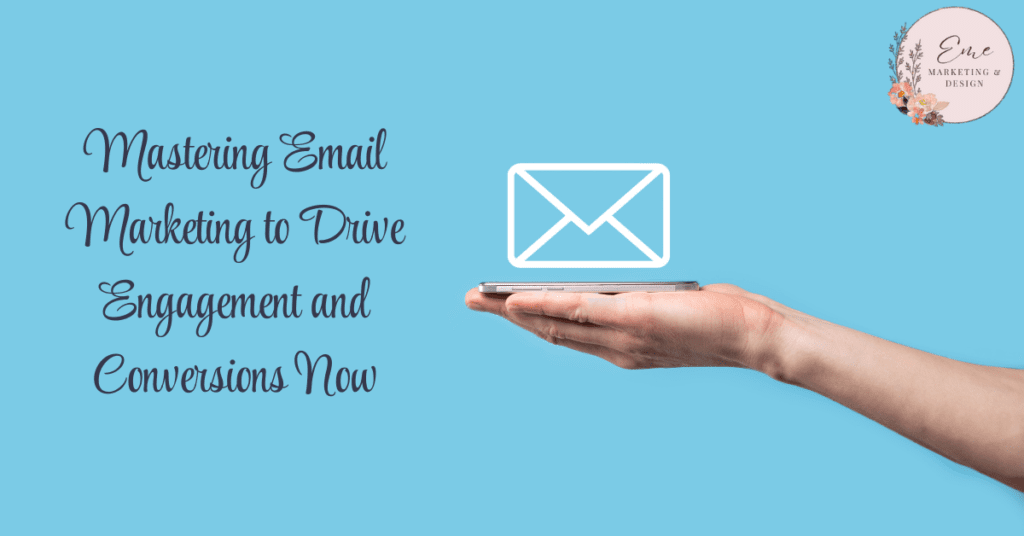
Email marketing remains one of the most effective and cost-efficient ways for small businesses to connect with their audience, nurture leads, and drive conversions. In this blog, we’ll explore actionable strategies and best practices for leveraging the power of email marketing, from building a subscriber list to crafting compelling campaigns that resonate with recipients and deliver measurable results.
Building a Quality Subscriber List
Start by collecting email addresses from your existing customer base and website visitors, ensuring compliance with data protection regulations such as GDPR or CAN-SPAM.
To entice visitors to join your mailing list, offer incentives such as discounts, exclusive content or free resources in exchange for email sign-ups.
Leverage multiple touchpoints such as pop-up forms, embedded sign-up forms on your website, social media promotions, and offline events to maximize sign-up opportunities.
Personalizing Email Content
Personalization is critical to making your emails feel relevant and engaging to recipients. Segment your email list based on demographics, purchase history and engagement levels to deliver targeted content that resonates with each segment.
Address recipients by name in your emails and tailor content based on their preferences, behaviors, and past interactions with your brand.
Use dynamic content blocks to customize email content in real-time based on recipient data, such as location, interests, or purchase history.
Crafting Compelling Subject Lines and Content
The subject line is the first thing recipients see and can significantly impact open rates. Craft concise, attention-grabbing subject lines that pique curiosity and entice recipients to open your emails.
Focus on providing value to your subscribers by delivering relevant, informative, and engaging content that addresses their needs, interests, and pain points.
Experiment with different content formats such as newsletters, product updates, promotional offers, and educational resources to keep your email content fresh and varied.
Optimizing for Mobile Devices
With the majority of email opens now occurring on mobile devices, it’s essential to optimize your email campaigns for mobile responsiveness.
Use responsive email templates that automatically adjust to fit the screen size of various devices, ensuring a seamless and user-friendly experience for mobile users.
Keep email designs clean and simple, with clear calls-to-action and easy-to-read text that can be quickly scanned on smaller screens.
Testing and Iterating for Success
A/B testing is a valuable tool for optimizing email campaigns and maximizing performance. Experiment with subject lines, sender names, content formats and calls-to-action to identify what resonates best with your audience.
Track key metrics such as open rates, click-through rates, conversion rates, and unsubscribe rates to measure the effectiveness of your email campaigns.
Use insights from testing and analytics to iterate your email strategy, refining your approach over time to improve engagement, conversion, and ROI.
Maintaining Consistency and Compliance
Consistency is key to building trust and rapport with your email subscribers. Establish a regular sending cadence that aligns with your audience’s expectations and avoids overwhelming them with too many emails.
Ensure compliance with email marketing regulations and best practices, including providing clear opt-in/opt-out options, honoring unsubscribe requests promptly, and maintaining transparency in your email communications.
Final Thoughts on Email Marketing
Email marketing remains a powerful tool for small businesses to engage with their audience, nurture relationships, and drive measurable results. By implementing the strategies outlined in this blog and continuously optimizing their email campaigns based on data-driven insights, small businesses can unlock the full potential of email marketing to drive growth, conversions, and long-term success in the digital landscape.




